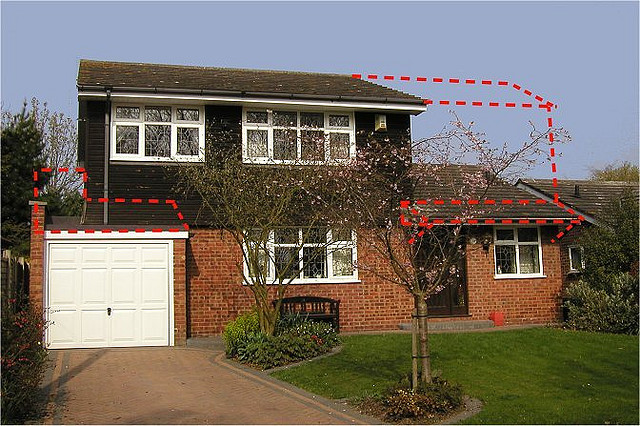Even though we may already live in a large home, there comes a time that most people get the urge to add to their homes in the form of an extension. It may not necessarily be that we need more space, though it will be a bonus, but as humans we feel the need to create constantly, and our homes are the perfect expression of this. Building an extension can be an expensive and stressful experience, however, and this has brought many to a nervous breakdown.
You will find here, a guide to the process of an extension project and some useful tips if you plan to manage, or even build, your own extension.
The Plan
Seek out a good architect who will create the plans for your extension. There are many considerations and calculations involved that the amateur cannot address. Specifications will be written as will a materials list to be purchased. The architect can estimate the length each section of the build will take and give an expected cost for the whole project.
Planning Permission
Contact your local authority and begin the process of planning approval. This is an essential step that could take a few weeks, or even longer; don’t try and bypass it. The planning committee may request that alterations are made to the plans. If this is the case, let the architect do their work and resubmit the plans.
Safety
Before work begins, give a thought to on-site safety. Every worker, or even visitors should be equipped with personal protective equipment. No-one wants the experience ruined by injury.
Foundations
The foundation is the first step on the building process ladder. The width and depth of the trenches will be specified by the plans as will the depth of concrete to be poured. Follow the plan, and you should have no problems at this stage.
The Lower Walls
Begin building the walls up to ground level. When the walls reach the level of the damp proof membrane in your existing house, you will have to install one here to maintain the protection from rising damp.
The Floor
It is at this stage of the build that the concrete floor can be poured. Lay a water resistant sheet to the specification of the plans and pour in the concrete. There will probably be too much to mix by hand so have it delivered by lorry.
The Upper Walls
Continue laying bricks and creating the structure. The walls will have a cavity into which insulation is fitted as they grow.
The Roof
The roof structure can now be assembled using prefabricated trusses. A layer roofing felt is applied, and tiles can be installed to make the structure weatherproof.
Windows and Doors
Fit windows and doors in the openings left for them. This is a simple job that has a dramatic visual effect on the extension.
Break Through
Breaking through to the main house is a major milestone in your project. It is the point where you get a feel of how your extension is going to add to your home. If you have got this far, well done!
Internal Work
It is now time for the electricians, plumbers, and gas engineers to carry out their first fixes. Once all the pipework and wiring is in place, plasterers can set to work finishing the walls. You project is nearly complete. Call the tradesmen back for the second fix and, suddenly, you are the proud owner of a new extension.
All that is left for you to do is get the approval of the building inspector, and your job is complete. You have been through an incredible stressful, but ultimately rewarding experience. By building your own extension you have created space, added value to your home, and gained valuable experience for your next project; the self build home. Onwards and upwards!







